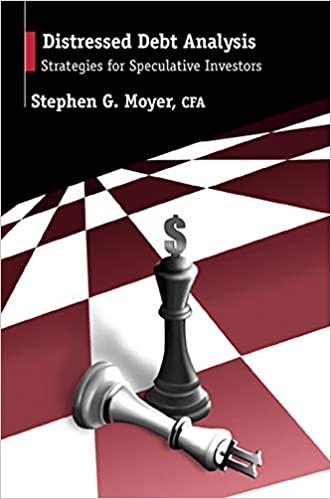1. Meet your investment goals - Calculating required capital How much capital do you need to start investing? The motivation for making investments is largely driven by the goals you have. These goals could be short-term such as buying a new car, saving for a down payment on a home or saving enough to take a year off and travel. In any situation, the first step is to identifying the amount of capital you need and how much risk are you willing to take for the return you expect. Eric is a 25-year-old financial consultant whose primary long-term financlal goal is to save enough to take a year off and travel, Therefore, he wants to begin an investment plan that will make this a realty within 5 years. He currently has $3,000 saved for this purpose, and he wants to determine the appropriate monthly savings amount that will allow him to reach his gool. He estimates that he can carn an average annual return of 5%, and he. would like to save a total of $20,000 to cover his expenses for the year, If he invests the $3,000 today, the terminal value of this initial investment in 5 years (earning an average 5% return) wal be This means that he must accumutate the remaining through his annual savings plan to obtain the full $20,000 to cover his expenses for the year still assuming an average return on investment of 5%, the add wonal yeariy invemment required to reach Encis targeted financial goal within 5 years is If he invests the $3,000 today, the terminal value of this initial investment in 5 vears (earning an average 5% return) will be This means that he must accumulate the remeining through his annual savings plon to obtain the fuli $20,000 to cover his expenses for the year, Still assuming an average return on investment of 5%, the additional vearly investment required to reach Eric's targeted financial goal within 5 years is Suppose instead that Eric had no capital saved and thus needed to accumulate the entire $20,000 in the next 5 years. In this case, his annual contribution would have to be When Eric starts with an insial investment of $3,000, the total amount that he ends up contributing to accumulate $20,000 is equal to the initial investment plus the additional yearly payments, for a total of - When he starts with no initial capital contribution, the amount he ends up contributing is equal to the sum of all annual contributions vou calculated in the no-initial-capital scenario, for a total of Once Eric has determined the annual amount he needs to save, the next step toward achieving his goal is coming up with an investment plan. True or False: The eppropriate investment plan depends on the investment objective. True faise








